This is perfectly doable using a document to compose your message, converting it to html format and using that as an html body in the message.
the code goes like this :
function sendAsHtmlBody(){
var id = DocumentApp.getActiveDocument().getId();
var url = 'https://docs.google.com/feeds/';
var doc = UrlFetchApp.fetch(url+'download/documents/Export?exportFormat=html&format=html&id='+id,
googleOAuth_('docs',url)).getContentText();
MailApp.sendEmail(Session.getEffectiveUser().getEmail(),'testHTML Body','html content',{'htmlBody':doc});
}
function googleOAuth_(name,scope) {
var oAuthConfig = UrlFetchApp.addOAuthService(name);
oAuthConfig.setRequestTokenUrl("https://www.google.com/accounts/OAuthGetRequestToken?scope="+scope);
oAuthConfig.setAuthorizationUrl("https://www.google.com/accounts/OAuthAuthorizeToken");
oAuthConfig.setAccessTokenUrl("https://www.google.com/accounts/OAuthGetAccessToken");
oAuthConfig.setConsumerKey('anonymous');
oAuthConfig.setConsumerSecret('anonymous');
return {oAuthServiceName:name, oAuthUseToken:"always"};
}
This code will ask for authorization in 2 steps, one for "normal" services (mail, documentApp, ..) and a second for the Oauth function, this latter must be triggered by calling the function from the script editor (if you make a menu and let a new user call that menu it won't work..., you have to use the script editor, see issue 677 here).
And here is a shared document( read only, make a copy to use) to test the code with different fonts, an image and some text.(almost every feature available in Google docs are translated in html... only a few alignment are missing sometimes. I use that very often without noticeable issue)
